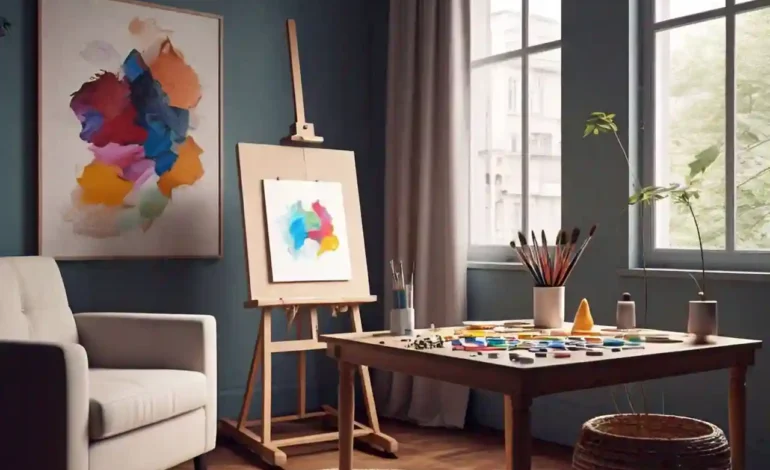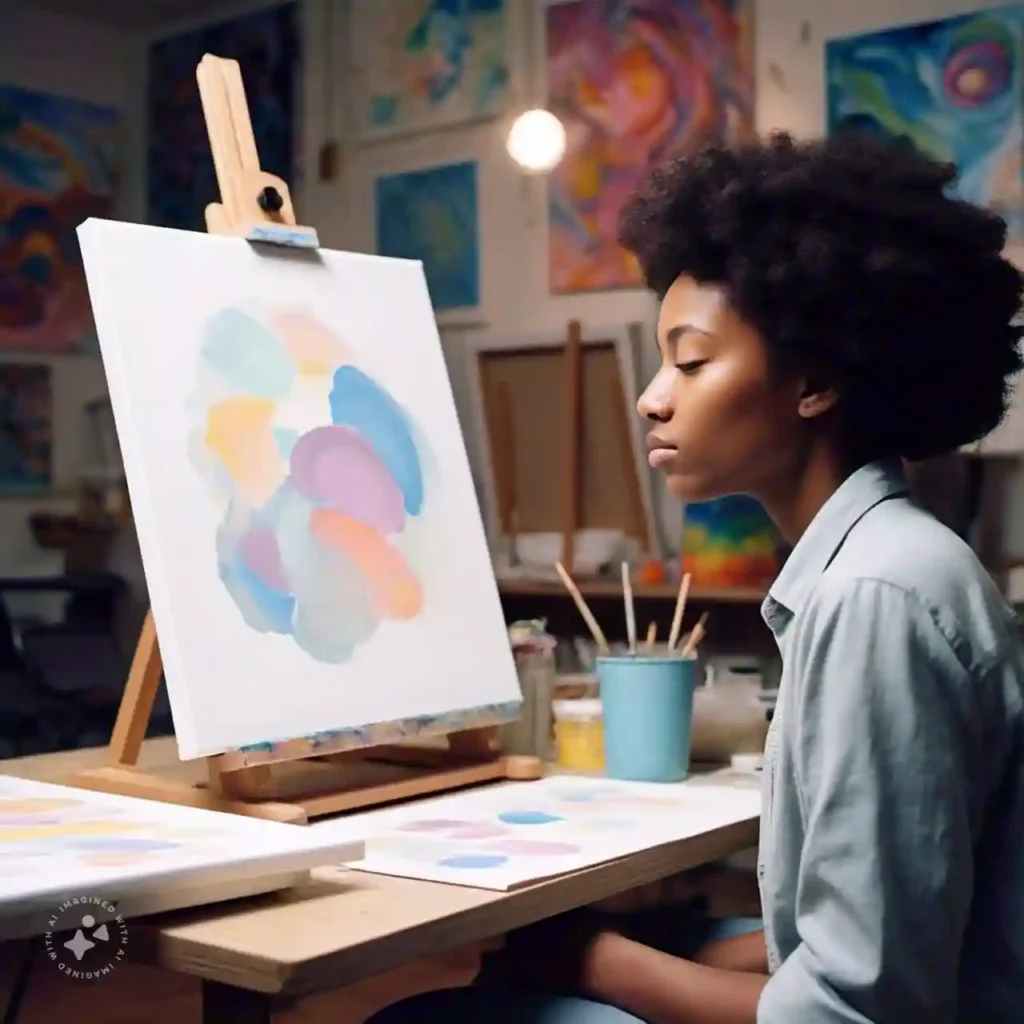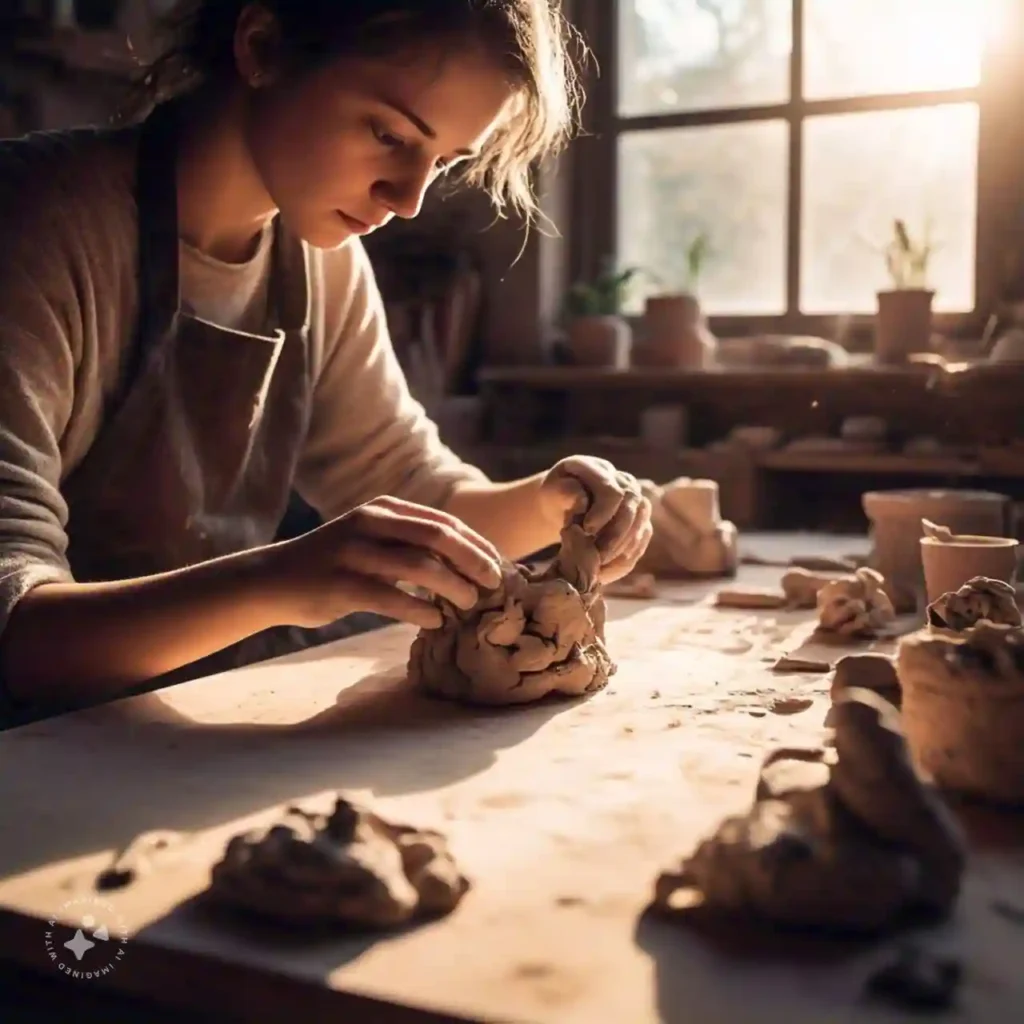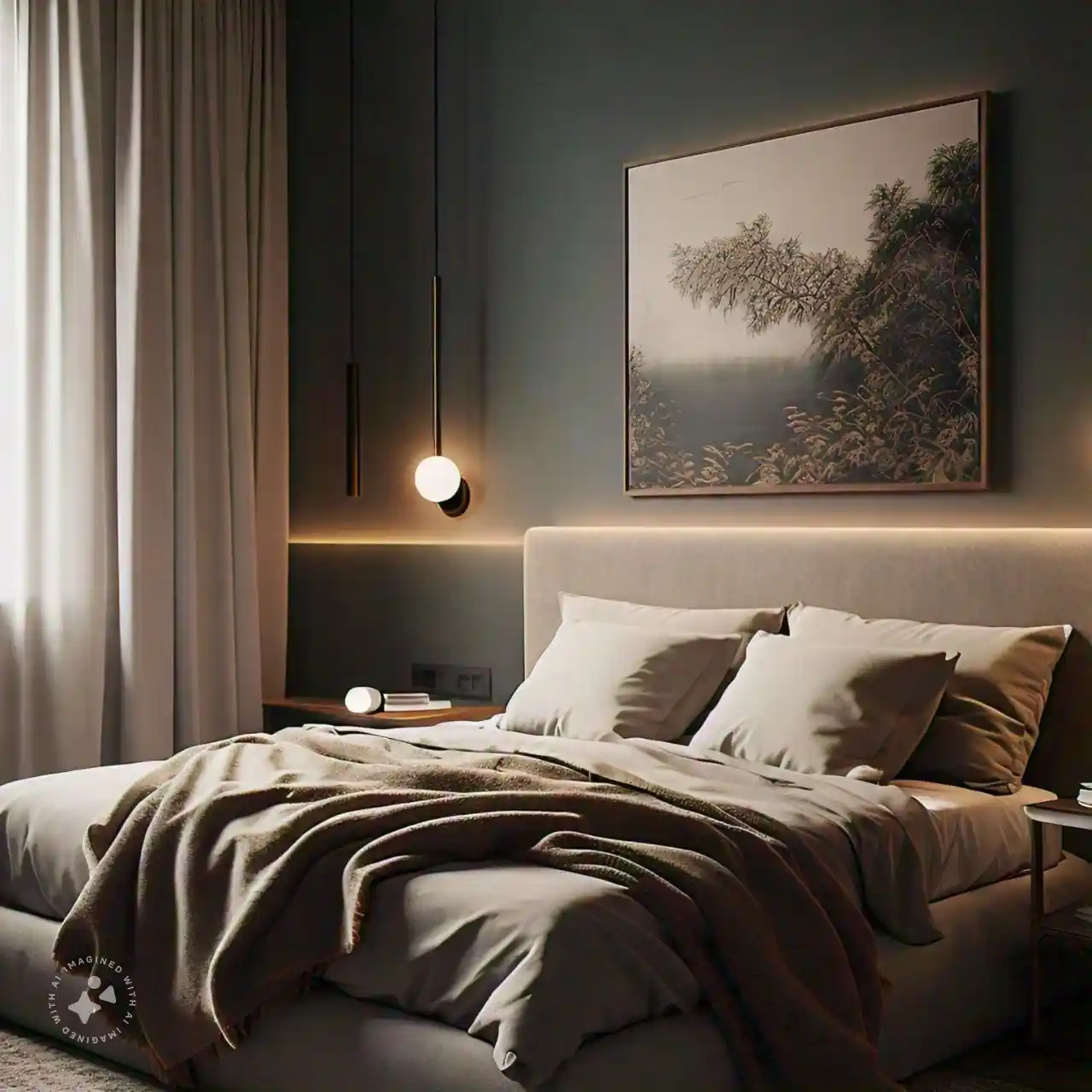
The Benefits of Art Therapy for Mental Health
Introduction
Mental health issues like stress, anxiety, and depression are becoming more common in today’s world. While traditional therapies like talking to a counselor or taking medication can help, many people are finding that art therapy for mental health is a creative way to improve their well-being. In this article, we’ll explore how art therapy can benefit mental health in easy-to-understand terms.
What is Art Therapy?
Art therapy is a type of therapy where people use art (like drawing, painting, or sculpting) to express their emotions and improve their mental health. It’s led by a trained therapist who helps guide the creative process. Art therapy helps people communicate and understand their feelings, especially when it’s hard to talk about them.
1. Reducing Stress
Creating art can help reduce stress. When you focus on drawing or painting, your mind takes a break from the worries and stress of daily life. This “zone” is called a “flow state,” where time seems to slow down, and you feel completely absorbed in what you’re doing. This state helps to calm your mind and reduce stress. Research has shown that making art can lower stress hormones in the body, which helps you relax.

2. Expressing Emotions
Sometimes it’s hard to express feelings with words. Art therapy gives people a chance to show how they feel using colors, shapes, or forms. For example, someone who feels sad may choose dark colors or messy lines, while someone feeling happy may use bright colors or smooth shapes. The therapist can help the person understand what their art is saying about their emotions.
3. Healing from Trauma
Art therapy is especially helpful for people who have gone through difficult experiences, like trauma or abuse. For these individuals, talking about what happened can be too painful. Art therapy lets people express their feelings without using words. By creating art, they can start to work through the pain in a safe, gentle way. The therapist guides them through this process, making sure they feel supported.

4. Learning More About Yourself
Creating art can help people learn more about their emotions and themselves. When you make art, you might discover things about yourself that you didn’t know. For example, the colors you choose or the shapes you make can give you clues about how you feel. Talking with the therapist about these discoveries helps you understand yourself better and can lead to personal growth.
5. Building Confidence
Art therapy can help people feel good about themselves. For those struggling with low self-esteem or feelings of not being good enough, creating something with your own hands can be empowering. You don’t need to make “perfect” art. The goal is to express yourself, not to impress anyone. The process of creating art itself can make you feel proud and more confident.
6. Being Mindful
Art therapy also encourages mindfulness, which means focusing on the present moment. When you’re working on an art project, you’re not thinking about the past or the future—you’re just concentrating on the task at hand. This helps to reduce anxiety and stress. It’s like a form of meditation, where your mind gets a break from overthinking.
7. Improving Brain Function
Creating art can also help your brain work better. It encourages creativity, problem-solving, and thinking in new ways. People who suffer from depression or anxiety often find that their brain doesn’t work as sharply as it used to. Art therapy helps improve memory and cognitive skills, which can make it easier to cope with life’s challenges.

8. A Safe Space to Open Up
For some, talking about feelings in therapy can be scary. Art therapy is different because it offers a less intimidating way to express emotions. You don’t have to talk directly about your problems if you don’t want to. Instead, you can show them through your art. The therapist is there to support you and help you work through your feelings in a gentle and understanding way.
Conclusion
Art therapy can be a powerful tool for improving mental health. It helps reduce stress, express difficult emotions, heal from trauma, and learn more about yourself. Plus, it’s a great way to boost confidence and practice mindfulness. Whether you’re dealing with anxiety, depression, or just need a creative outlet, art therapy can make a real difference in your life.
If you think art therapy might be right for you, consider finding a licensed art therapist to guide you through the process. It’s a unique and healing approach to taking care of your mental health, one brushstroke at a time.





